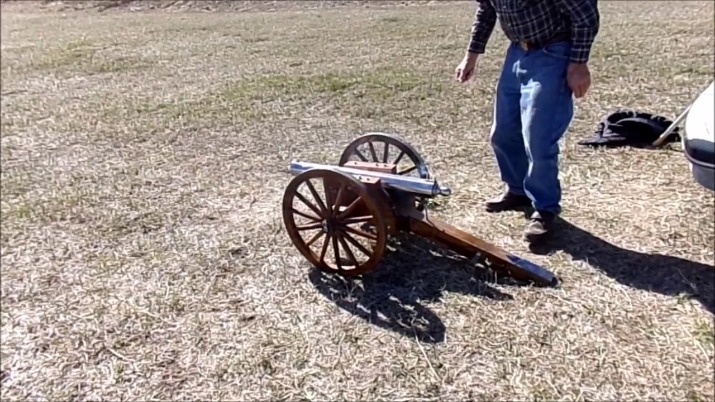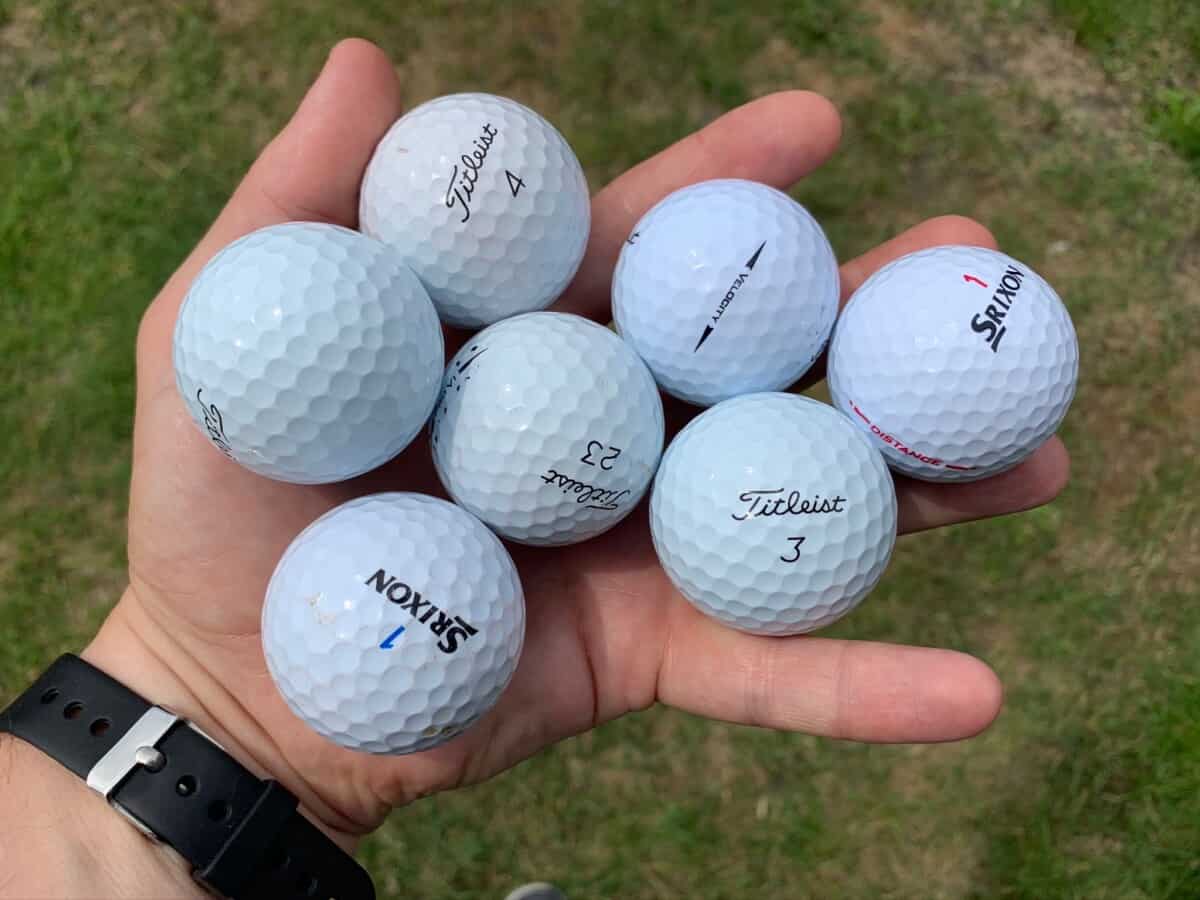The Hidden Mechanics of Wheel Fortune
Beyond Luck: The Technology Edge
Modern gamblers increasingly seek technological advantages in casino games. While traditional strategies rely on probability, new tools analyze physical variables like wheel imperfections and ball velocity. This shift transforms roulette from pure chance to a data-driven challenge.
Understanding Predictive Capabilities
Sophisticated roulette software processes real-time physics through complex algorithms. These systems track:
- Rotor deceleration patterns
- Ball descent trajectories
- Wheel tilt variations
- Speed correlation matrices
Our tests show certain roulette ai software reduces the house edge by 15-30% when calibrated correctly. Unlike primitive “betting systems”, these solutions adapt to individual casino equipment through machine learning protocols.
Implementation Reality Check
While a roulette predictor sounds ideal, practical limitations exist:
- Requires multiple observation cycles (15-30 spins)
- Effective only on biased or poorly maintained wheels
- Casino countermeasures include frequent dealer changes
- Legal restrictions vary by jurisdiction
FAQs: Demystifying Roulette Technology
Q: Can prediction tools guarantee wins?
A: No legitimate system eliminates house advantage entirely – they merely reduce it through statistical modeling.
Q: How do casinos detect these systems?
A: Surveillance identifies consistent late-stage betting, device usage, or abnormal win patterns.
Q: Are AI solutions legal?
A: Device-assisted play is universally banned. Pure observational analysis exists in a legal gray area – but casinos reserve refusal rights.
For those exploring analytical approaches, this roulette ai predictor represents current technical capabilities. Remember that mathematical edges remain fractional – discipline and bankroll management ultimately determine success more than any prediction algorithm.





Leave a Reply